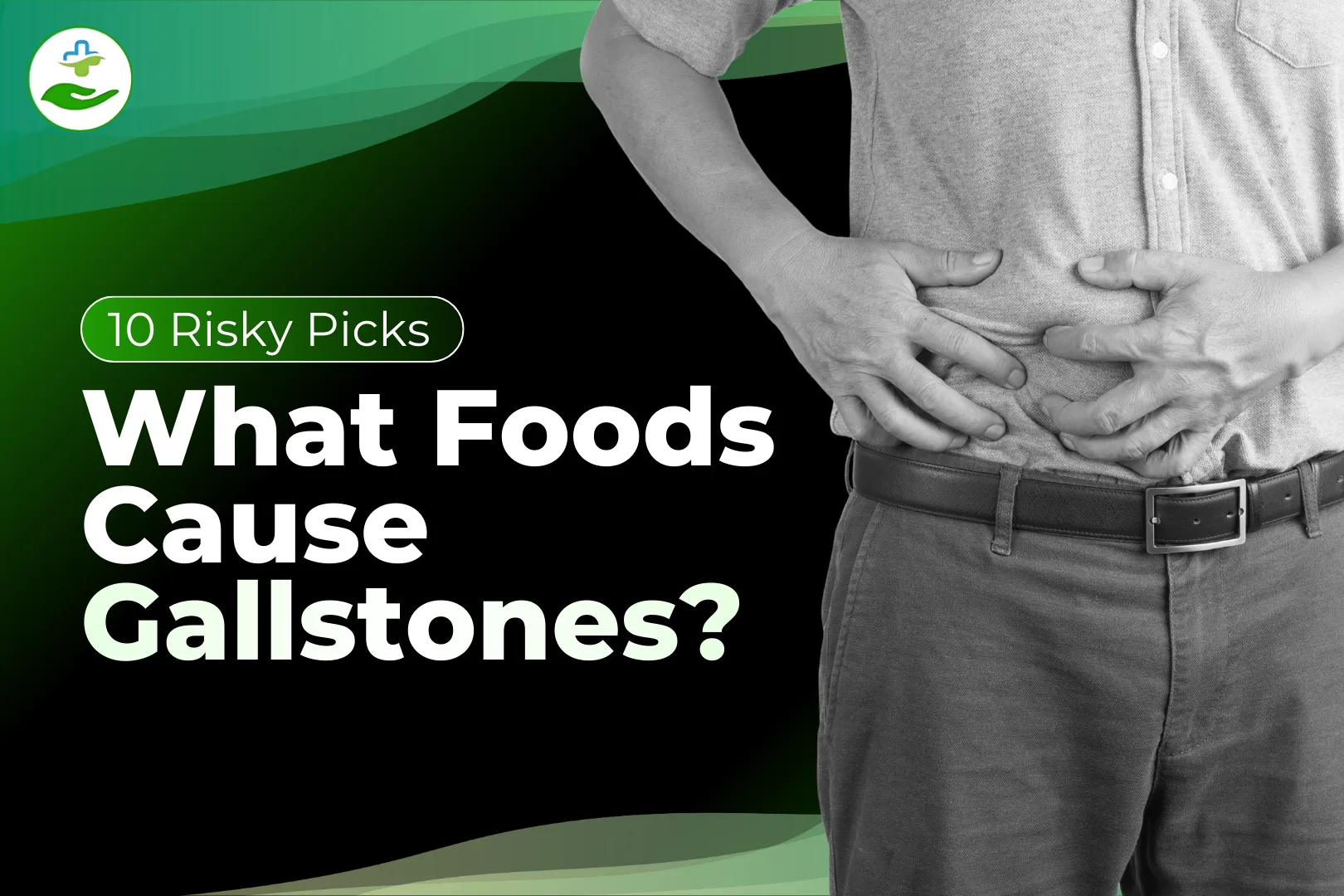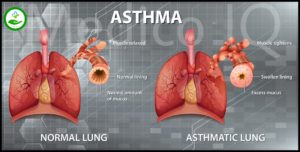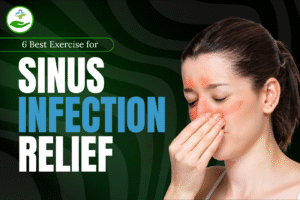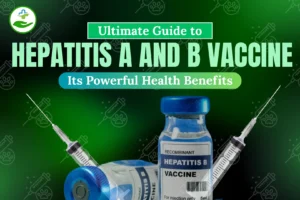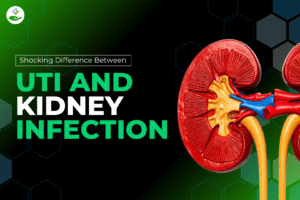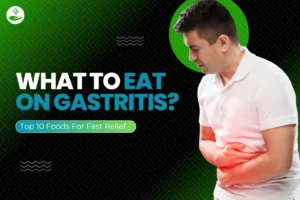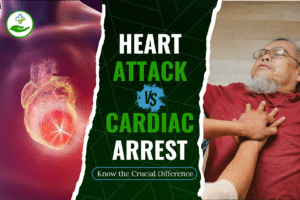Gallstones are more common than you think—and your everyday eating habits might be the silent trigger behind them. If you’ve ever wondered what foods cause gallstones, you’re not alone. Diet plays a major role in how your gallbladder functions, and choosing the wrong foods can lead to pain, inflammation, and even emergency surgery.
In this guide, we’ll break down the 10 risky foods most likely to contribute to gallstone formation, plus safer alternatives, prevention tips, and when to seek medical help. Let’s dive in!
What Are Gallstones?
Gallstones are hardened deposits that form in the gallbladder—a small organ responsible for storing bile. There are two main types:
- Cholesterol Gallstones: The most common type, formed when bile contains too much cholesterol.
- Pigment Gallstones: Made from excess bilirubin, often due to liver conditions.
Symptoms can range from mild discomfort to sharp pain in the upper right abdomen. Some people don’t even know they have gallstones until an attack occurs.
How Diet Influences Gallstone Formation
Your diet greatly affects bile production. When bile is overloaded with cholesterol or the gallbladder doesn’t empty properly, stones can develop.
So understanding what foods cause gallstones is key to avoiding painful flare-ups.
10 Common Foods That Increase Your Gallstone Risk

Below are the top foods most linked to gallstone development.
1. Fried And Greasy Foods
Fried chicken, pakoras, samosas, French fries—they’re all delicious but bad for gallbladder health. Greasy foods force the gallbladder to work harder, increasing the chance of stones.
2. Processed Meats
Sausages, bacon, hot dogs, and salami contain high levels of saturated fats. These fats raise cholesterol, which leads directly to cholesterol gallstone formation.
3. High-Sugar Foods And Desserts
Cakes, donuts, pastries, candy, and ice cream spike insulin and cholesterol levels. Over time, this imbalance contributes to gallstone formation.
4. Full-Fat Dairy Products
Butter, cream, ghee, cheese, and whole milk are high in saturated fat. While they’re fine in moderation, frequent consumption increases gallstone risk.
5. Refined Carbohydrates
White rice, pasta, white bread, and baked goods digest quickly, causing blood sugar spikes. These spikes raise cholesterol levels and disrupt bile composition.
6. Red Fatty Meat
Beef, mutton, pork, and lamb contain high amounts of cholesterol. Eating these meats regularly places stress on your gallbladder.
7. Fast Foods and Packaged Snacks
Burgers, pizza, chips, nachos, and packaged namkeen often contain trans fats. These unhealthy fats thicken bile and contribute to gallstones.
8. High-Cholesterol Foods
Egg yolks, shellfish, liver, and organ meats are dense in cholesterol. Consuming them in excess increases the likelihood of stone formation.
9. Sugary Beverages
Soda, packaged juice, energy drinks, and sweetened iced teas cause rapid blood sugar elevation, promoting gallstone development.
10. Highly Spicy and Oily Meals
Heavy curries, biryanis, and street foods cooked in excess oil can irritate the gallbladder and trigger symptoms in those already prone to stones.
Foods That May Help Reduce Gallstone Risk
High-Fiber Foods: Whole grains, fruits, vegetables, and legumes improve digestion and help bile flow smoothly.
Healthy Fats: Olive oil, nuts, seeds, and avocados keep bile fluid and support gallbladder function.
Lean Proteins: Fish, skinless chicken, tofu, and lentils are easier to digest and reduce the burden on the gallbladder.
Tips to Prevent Gallstones Through Diet
- Maintain a Balanced Weight: Obesity and rapid weight loss both increase risk. Aim for slow, steady weight management.
- Eat Regular Meals: Skipping meals causes bile to build up. Eating every 4–5 hours helps the gallbladder empty properly.
- Reduce Saturated Fats: Swap butter and ghee for olive or avocado oil when possible.
- Choose Whole Foods: Avoid packaged, fried, and highly processed items. Natural foods support better bile quality.
When to See a Doctor
If you’ve been eating foods that commonly trigger gallstones—such as fried foods, fatty meats, or sugary items—and you notice the symptoms below, you should see a doctor immediately:
- Severe Upper Right Abdominal Pain: Pain after eating foods that cause gallstones (especially oily or heavy meals) is a major warning sign.
- Pain That Lasts More Than a Few Hours: If pain doesn’t go away after avoiding problem foods, medical attention is needed.
- Nausea or Vomiting After Eating Fatty Foods: This often indicates the gallbladder is struggling to process foods that cause gallstones.
- Yellowing of Skin or Eyes (Jaundice): This means a gallstone may be blocking the bile duct—an emergency situation.
- Fever or Chills After Gallstone Symptoms: Can indicate infection due to blocked bile flow.
- Dark Urine or Pale Stools: These symptoms occur when foods that cause gallstones lead to bile duct obstruction.
- Digestive Trouble After Eating High-Fat Foods: Constant bloating, discomfort, or indigestion after eating gallstone-trigger foods should not be ignored.
Warning Signs of Gallstones

Seek medical attention if you experience:
- Severe right-upper abdominal pain
- Vomiting or nausea
- Fever or chills
- Yellowing of the skin or eyes (jaundice)
Diagnosis And Treatment Options
If you regularly eat foods that cause gallstones—like fried, fatty, or sugary foods—and develop symptoms, here are the main ways doctors diagnose and treat the condition:
Diagnosis
1. Ultrasound Scan: The most common test to confirm gallstones, especially if symptoms appear after eating foods that cause gallstones.
2. Blood Tests: Used to detect infection, inflammation, or bile duct blockage caused by stones formed from unhealthy food choices.
3. CT Scan or MRI: Helps identify stones in the gallbladder or bile ducts that may have formed due to a high-fat diet.
4. HIDA Scan: Checks whether the gallbladder is functioning properly when triggered by foods that cause gallstones.
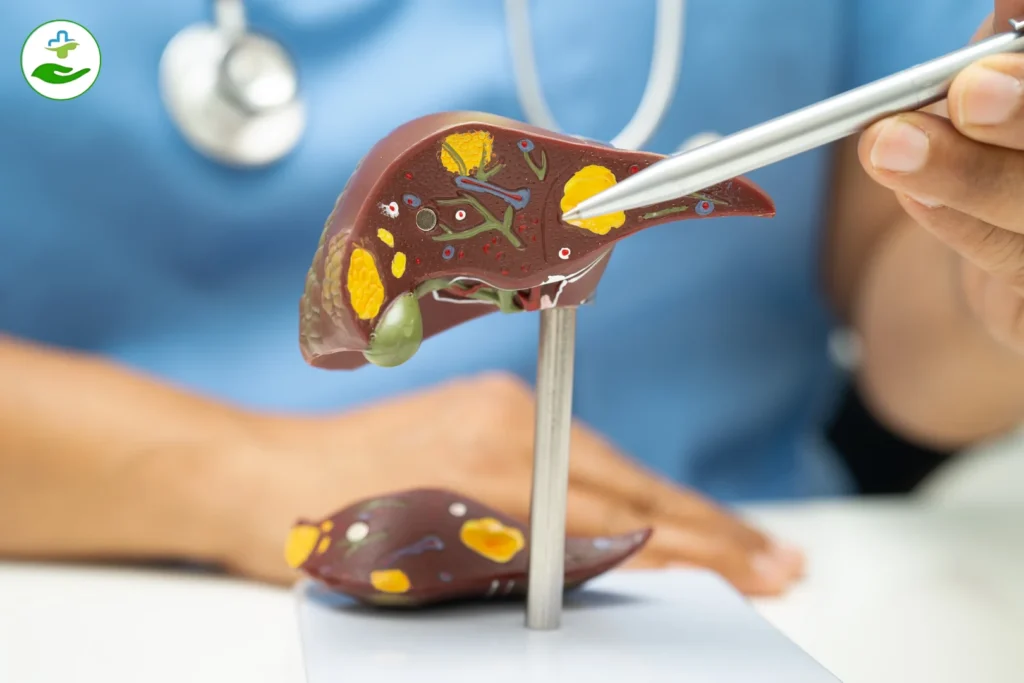
Treatment Options
1. Dietary Changes: Avoiding fried foods, fatty meats, and refined carbs that cause gallstones can reduce symptoms and prevent new stones.
2. Pain Relief Medication: Used when pain attacks occur after eating foods that trigger gallstones.
3. Bile Acid Medications: Helps dissolve small cholesterol gallstones created by high-fat or high-cholesterol diets.
4. ERCP Procedure: A minimally invasive method to remove stones stuck in the bile duct.
5. Gallbladder Removal Surgery (Cholecystectomy): Recommended if stones keep forming due to diet or are causing repeated attacks.
6. Hydration and Lifestyle Management: Drinking enough water and maintaining a healthy weight helps reduce the impact of foods that cause gallstones.
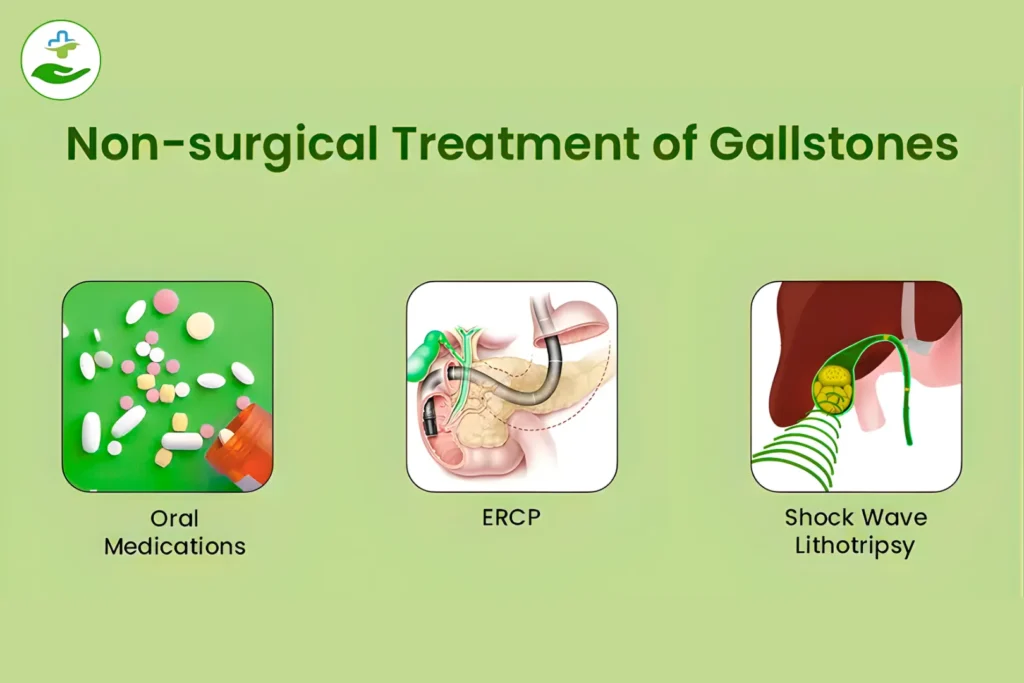
Conclusion
Knowing what foods cause gallstones can dramatically reduce your risk of painful episodes. While you don’t have to eliminate all risky foods, moderation and mindful eating can protect your gallbladder and overall digestive health.
Small dietary changes today can prevent big health problems tomorrow.
FAQs
What foods should you avoid eating if you have gallstones?
Avoid fried foods, fatty meats, full-fat dairy, refined carbs, and sugary snacks.
What is the biggest cause of gallstones?
High cholesterol in bile is the most common cause.
What food can make gallstones go away?
No food can dissolve gallstones, but high-fiber foods may help reduce symptoms.
Are gallstones caused by lack of water?
Dehydration can thicken bile and may increase the risk.
What are gallstones a warning of?
They can signal poor diet, high cholesterol, or gallbladder dysfunction.

